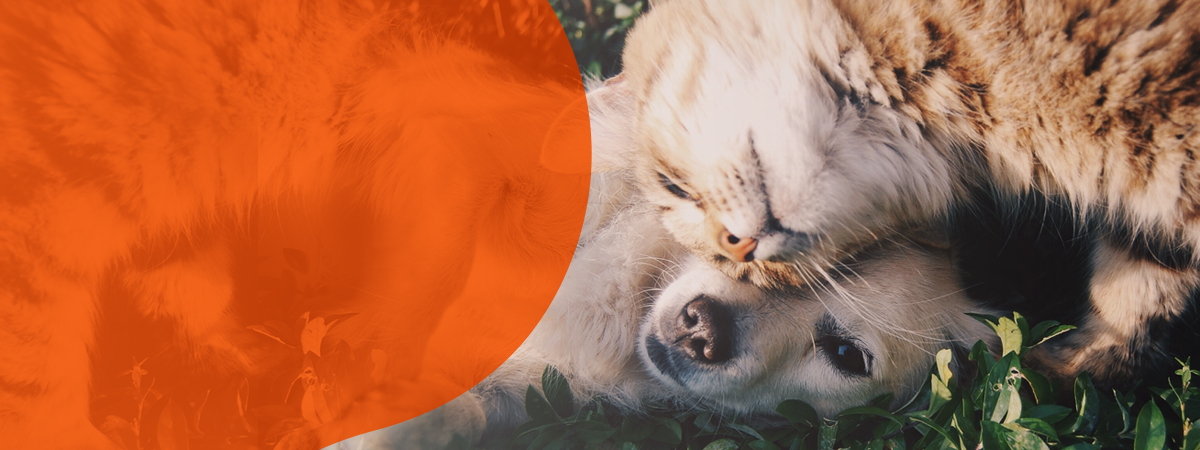
Resident School Dogs
Australia CAN generally does not support the introduction of RESIDENT SCHOOL DOGS because of the significant risks to the physical and mental wellbeing of the dog. However, there may be exceptions to this position!
The advice and guidelines do not apply to Assistance Dogs and do not preclude all risks.
To maximise the chances of successful outcomes, seek further advice from a veterinary behaviourist.
Keeping humans and dogs safe in schools
If you decide to introduce a Resident School Dog, we invite you to adopt these guidelines. We also recommend that you provide your students and staff with information and training about respecting dog needs and appropriate behaviour around dogs.
Child development and animals
Children enjoy contact with warm and cuddly objects, making their bond with dogs very special. There is evidence that indicates a child’s social and emotional development can benefit from interaction with dogs, including:
- Increased emotional stability;
- Decreased egocentricity;
- Enhanced non-verbal communication skills;
- Increased empathy; and
- A sense of responsibility, including commitment, provisions and limitations.
However, the risk of an adverse event is always present. Risks may be minimised through the following steps:
Guardian/Owner
The safety of all creatures is our priority. To help limit the risk of an adverse event, such as a dog bite, we recommend that each dog has a guardian/owner with them at all times in a school. Although everyone is responsible for health and safety in the school yard, the guardian/owner’s role is to promote human safety and animal safety.
Before introducing a Resident School Dog, please adopt the following guardian/owner practices:
- The dog must have an appointed guardian/owner;
- The guardian/owner is the legal owner and takes responsibility for the dog and its welfare;
- The guardian/owner supervises the dog at all times;
- Ensure the guardian/owner supports human safety, animal safety and reducing dog bites;
- Allow the guardian/owner to be in charge of the dog’s interactions with all staff, students and contractors; and
- The guardian/owner and their dog must comply with all relevant regulations. Be aware that relevant legislation may differ between local government areas and states.
Human safety
All schools and businesses should seek medical consultation when developing risk-management processes, including but not limited to:
- What to do in the event of a dog bite;
- Zoonotic disease prevention, identification and control; and
- Identifying staff with species and breed-specific allergies, especially those who are high-risk/immune-suppressed humans.
Animal safety
Dogs must be in good physical and emotional health.
Seek veterinary advice, with discussions including but not limited to:
- Behavioural suitability and veterinary behaviourist assessments;
- Medical suitability as determined by a registered veterinary surgeon;
- Housing (including a child-free zone) and daily care requirements;
- Zoonotic disease identification and control (diseases that can pass between animals and humans); and
- Medical/health plan – what to do if veterinary services are required.
Reducing dog bites
Taking precautions to reduce the risk and incidence of dog bites is every person’s responsibility. Children aged under 10 are the most common dog bite victims. All dogs have the potential to react aggressively when they are scared, threatened, sick, tired or busy. There are proactive, positive ways to behave around dogs to reduce the risk and incidence of dog bites:
- Learn how to identify dogs who do not wish to be approached;
- Learn how to read dog body language;
- Learn how to notice high-risk events. For example, if a child is knocked to the ground by a dog; and
- Learn to safely greet and play with dogs.
Supporting a Safe and Happy Relationship
The following guidelines are also designed to support a safe and happy relationship between the dog, staff and students:
- Only allow the guardian/owner to feed the pet.
This helps prevent diet-based disorders such as pancreatitis, diabetes, toxicities, obstruction and obesity. It assists training and behaviour management, such as reducing the incidence of food guarding or snapping at offered food. Do not go near the dog when it is eating.
- What a dog learns stays with them forever.
Set and enforce good manners from the beginning.
- Support positive reinforcement training.
Everyone at school becomes a ‘trainer’. Therefore, it is important that everyone ‘trains’ the dog in the same way.
- Always be aware of body language.
Although most dogs are friendly, they sometimes get sick, tired or protective of their belongings. A dog may bite if it feels threatened.
- Never rush or crowd around dogs.
This can make them feel threatened or scared. Walk away, ignore them or stand still with no eye contact if the dog does something wrong, such as jumping or barking at you. Never approach or interrupt a sleeping dog.
- Never torment or deliberately hurt a dog.
This can physically and psychologically harm the dog, raising the risk of it biting you.
- Encourage calm play
Rough play may result in ‘play fighting’ and cause an injury. Do not let a dog nip at you. Puppy biting is natural but inappropriate behaviour in a school.The guardian/owner should seek advice on positive training methods to prevent this occurring, such as distraction.Adult dogs who nip or bite should be removed from the school and assessed for their suitability by a veterinary behaviourist.
- Engage with dogs when they are calm.
Dogs, especially puppies, are more likely to be calm around people with calm voices and calm movements.
- Guardian/owners should control dog chewing.
The guardian/owner should distract the dog from chewing unapproved items or replace the chewed-on item with a dog chew.
- Walk dogs on the lead and do not run or charge at them.
Dogs may chase after people and will often want to jump up. Dogs may feel threatened by charging children.
- Give dogs a lot of praise and reward their good behaviour.
- Introduce school noises gradually.
For example, the school siren, lawnmowers and the noise of children playing.
- Discourage jumping. Do not pat your chest, raise your arms or train a dog to jump.
A jumping dog may push over a child.
- Manners are important.
Help the dog live harmoniously in the school by training them to:
- Walk without pulling on a lead;
- Return when called;
- Chew only on approved items;
- Dig only in approved areas, such as a ‘dog only’ sandpit;
- Not jump; and
- Not bark excessively or inappropriately.
Further Information
For more information, contact:
COMPANION ANIMAL NETWORK AUSTRALIA
1-19 Cormack Rd
Wingfield, SA 5013
T | 08 8348 1327
E | info@australiacan.org.au
This statement was written by Tering Davies BSc BVMS. It was reviewed and edited by Katrina Ward BVSc MANZCVS CMAVA and Companion Animal Network Australia (Australia CAN).
Veterinary Behaviourists
https://deltainstitute.edu.au/pages/trainers-find-a-veterinarian-with-anzcvsc-membership-in-veterinary-behavioural-medicine-275.html
References
http://www.ava.com.au/dangerous-dogs, Australian Veterinary Association Dangerous Dogs and Dog Bite Prevention, 2012.
https://www.deltasociety.com.au/pages/delta-dog-safe.html, Delta Dog Safe, 2017.
http://www.iahaio.org/files/declarationchicago.pdf, IAHAIO, Chicago Declaration, 2014.
http://iahaio.org/wp/wp-content/uploads/2017/05/iahaio-white-paper-final-nov-24-2014.pdf, IAHAIO WHITE PAPER, 2014.
‘Animals and Child Development’, Ward K., unpublished



